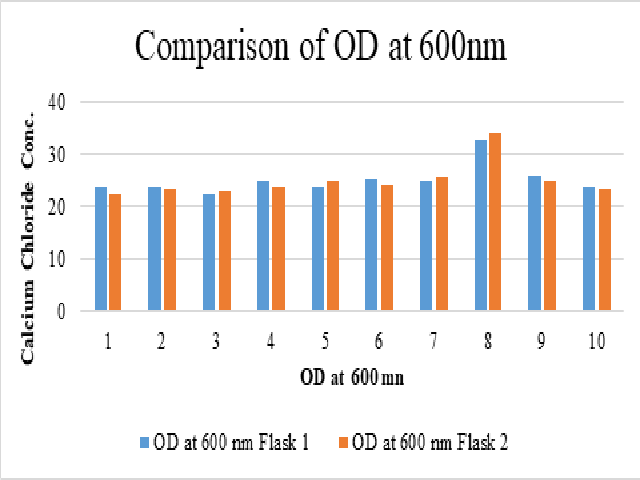Optimization of Semisynthetic Media Components for In- tensive Corynebacterium Diphtheriae Growth and Toxin Production
DOI:
https://doi.org/10.5530/ctbp.2023.4.79Keywords:
Diphtheria, Corynebacterium diphtheria, Calcium Chloride, Iron, L-Cystine.Abstract
Diphtheria is considered a serious in- fection occurred due to Corynebacterium diph- theriae which can able to produce toxins. This disease cause difficulty in breathing, paralysis, heart failure, and even death. The Centre for disease control suggested vaccines for adults and children for preventing the disease. The production of such vaccinesdepends on meat- based media that possess several complica- tions. This study was motivated by the fact that the usage of semisynthetic media will prevent the side effects of meat-based media. Further few parameters like calcium chloride, iron, and iron-free L-Cystine were not deeply investigat- ed in previous studies. In this research, diph- theria toxin has been synthesized by growing Corynebacterium diphtheriae ATCC strain in a semisynthetic medium during the shake flask stage fermentation. Hence the study attempted to optimize the parameters by measuring the optical density value through a UV spectropho- tometer thereby determining the toxin expres- sion by the Limes flocculation (Lf/mL) test. The semisynthetic medium is found to be free from animal-derived products and includes carbohy- drates, water, nitrogen source, free amino ac- ids, and iron source in initial concentration. Iron plays a vital role in affecting the production of toxins during C.diphtheria cultivation in the me- dium. The study obtained a high yield of diph- theria toxin with a Fe2+ concentration of 0.1g/L and a calcium chloride concentration of 11.1 g/L. Under these optimized parameters, this re- search could obtain effective production of diph- theria toxin



